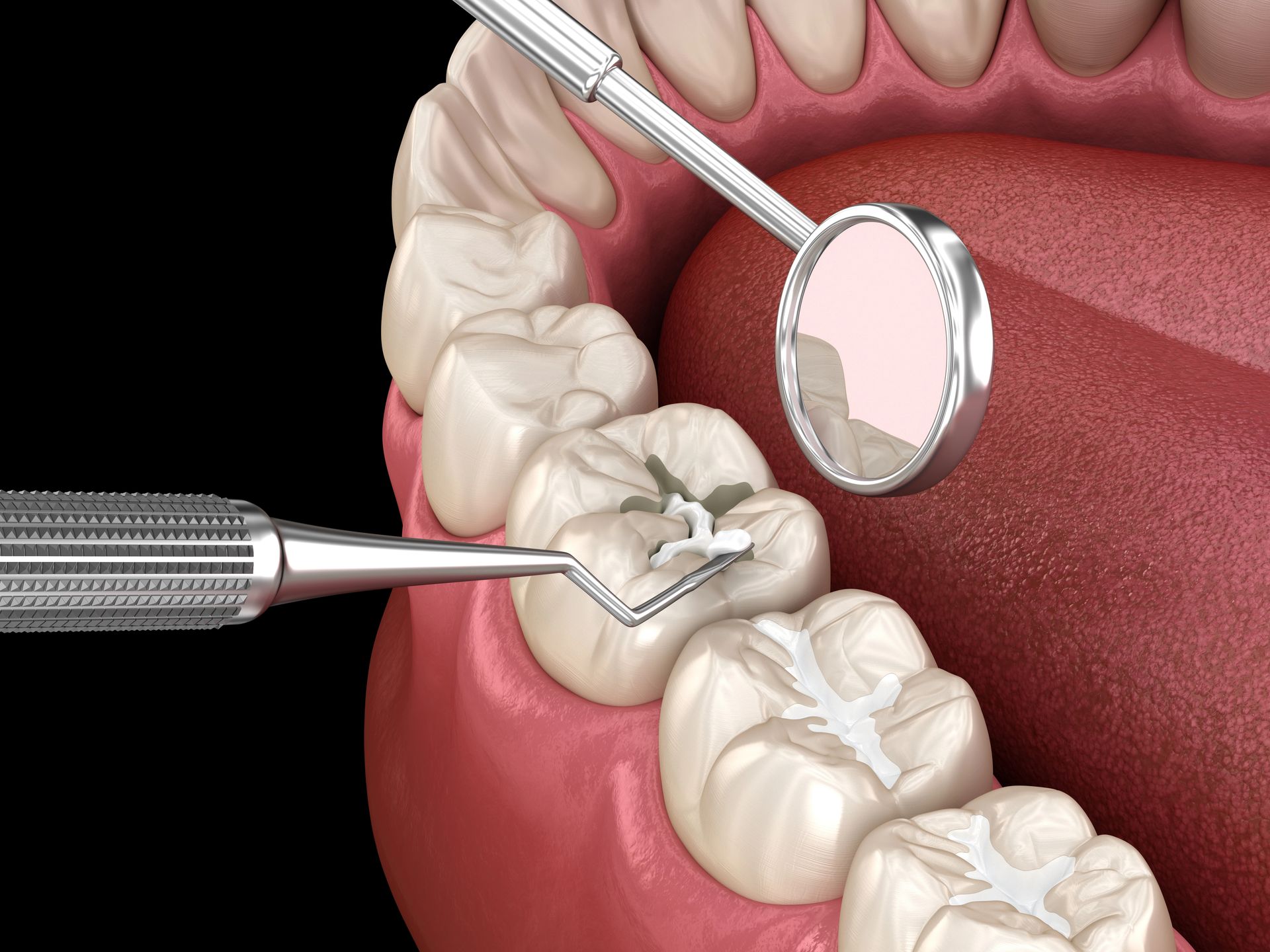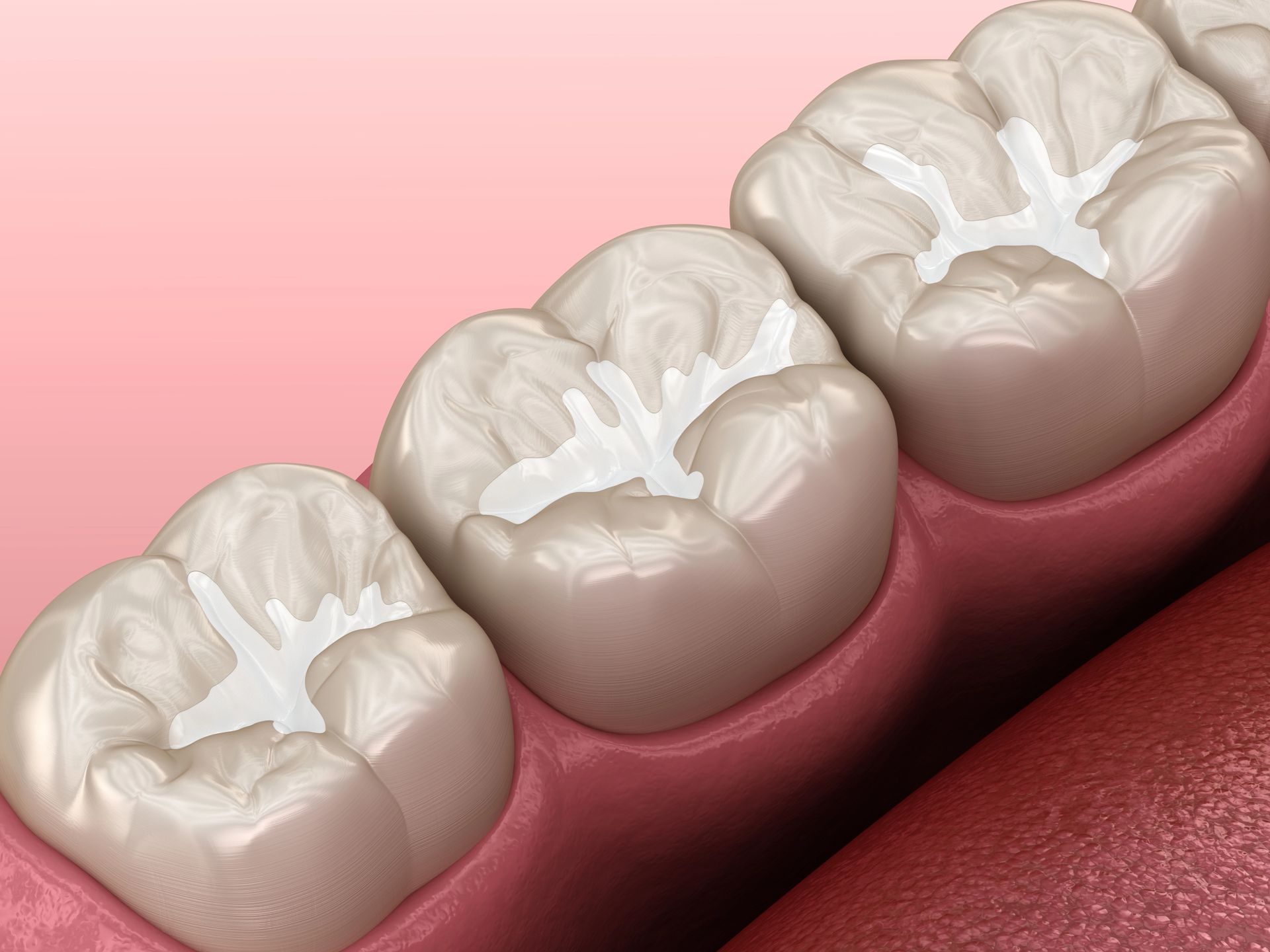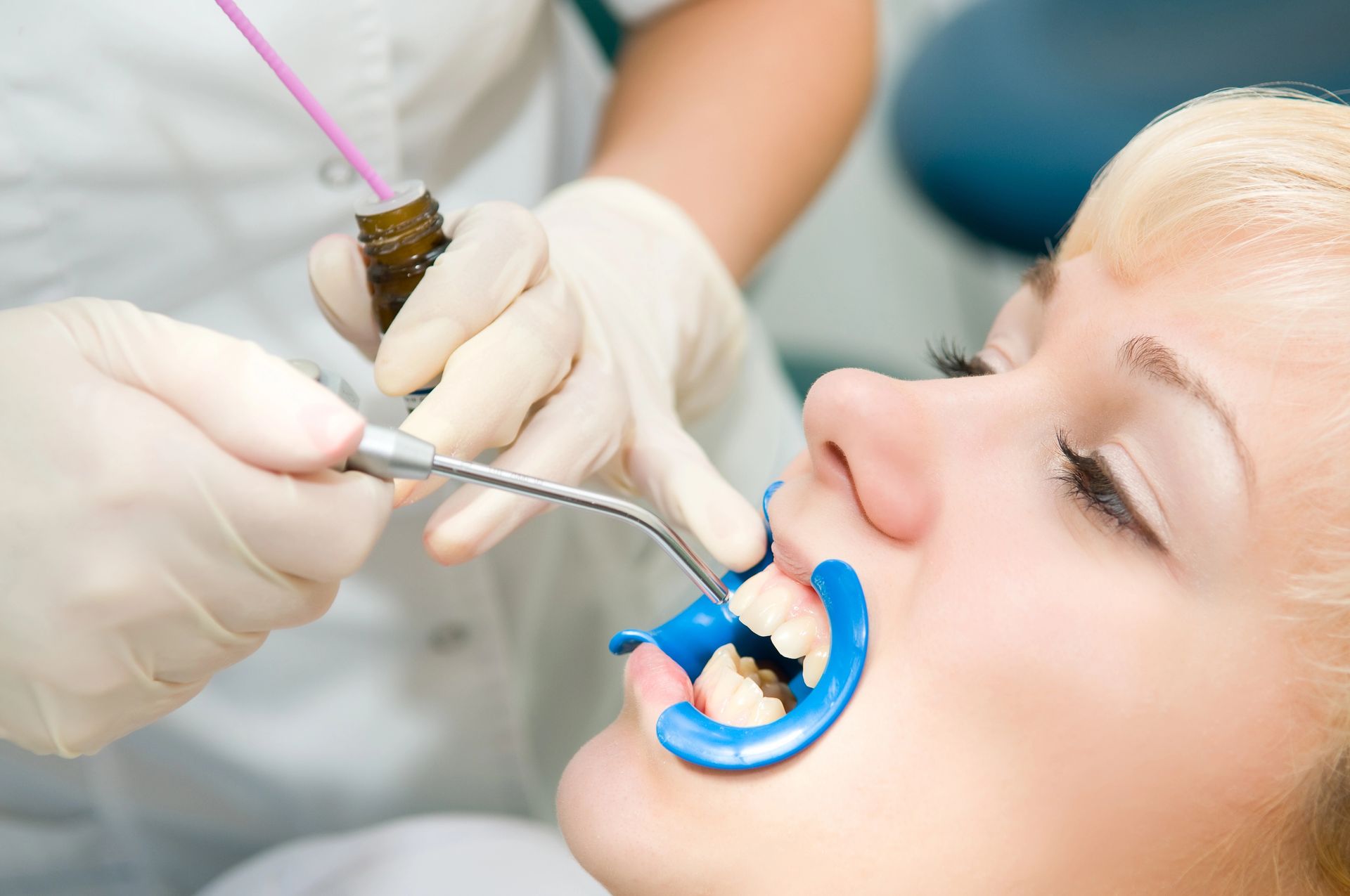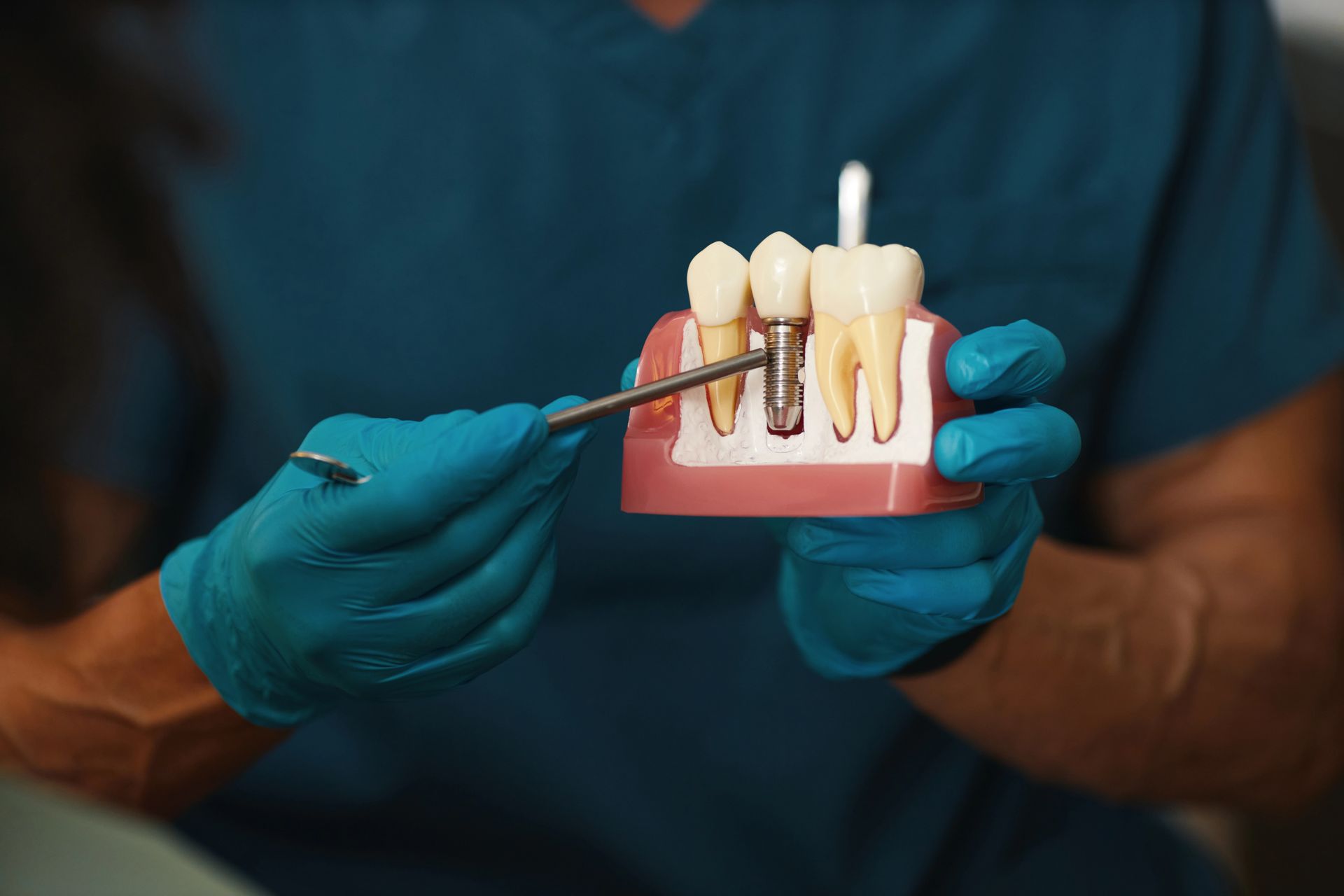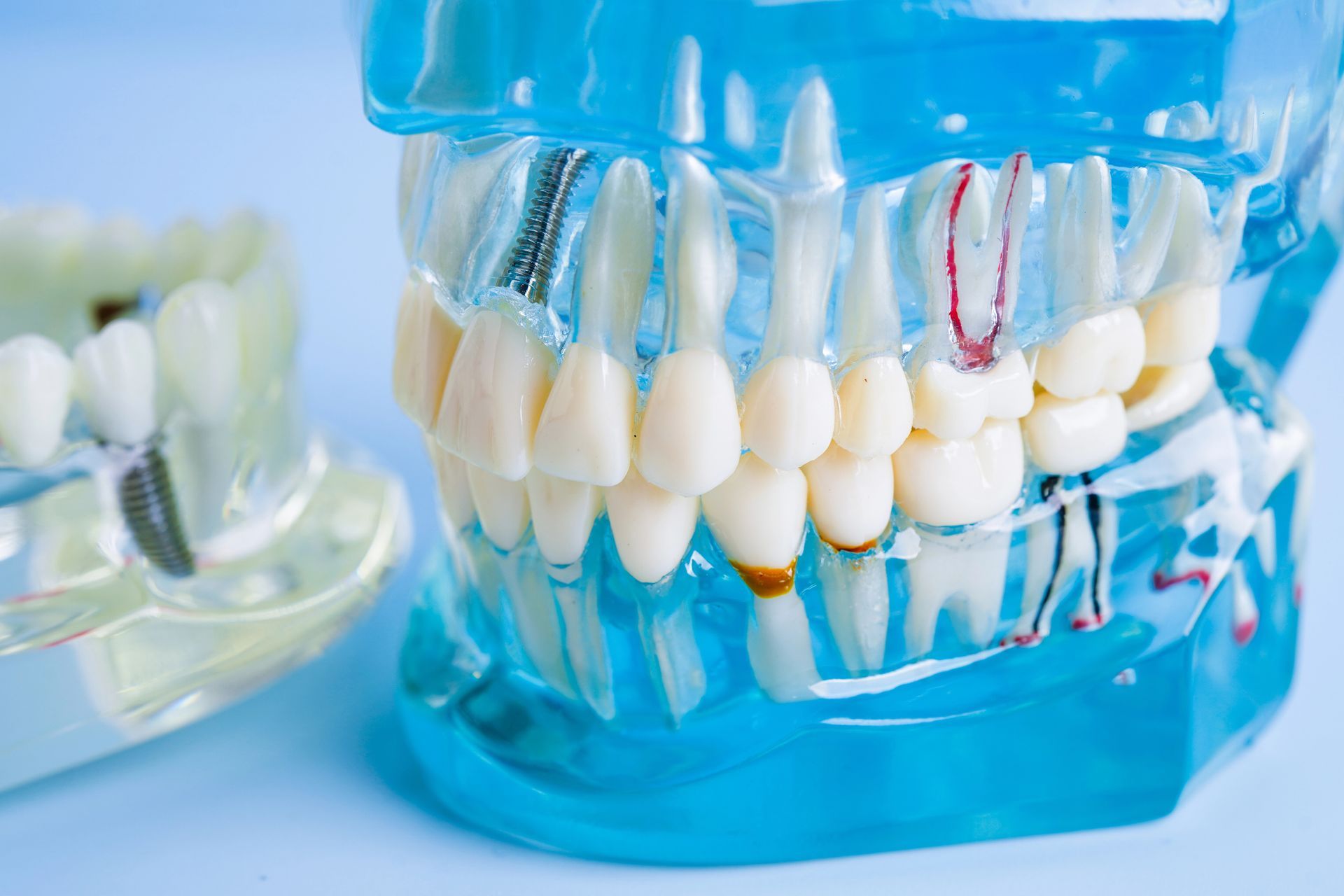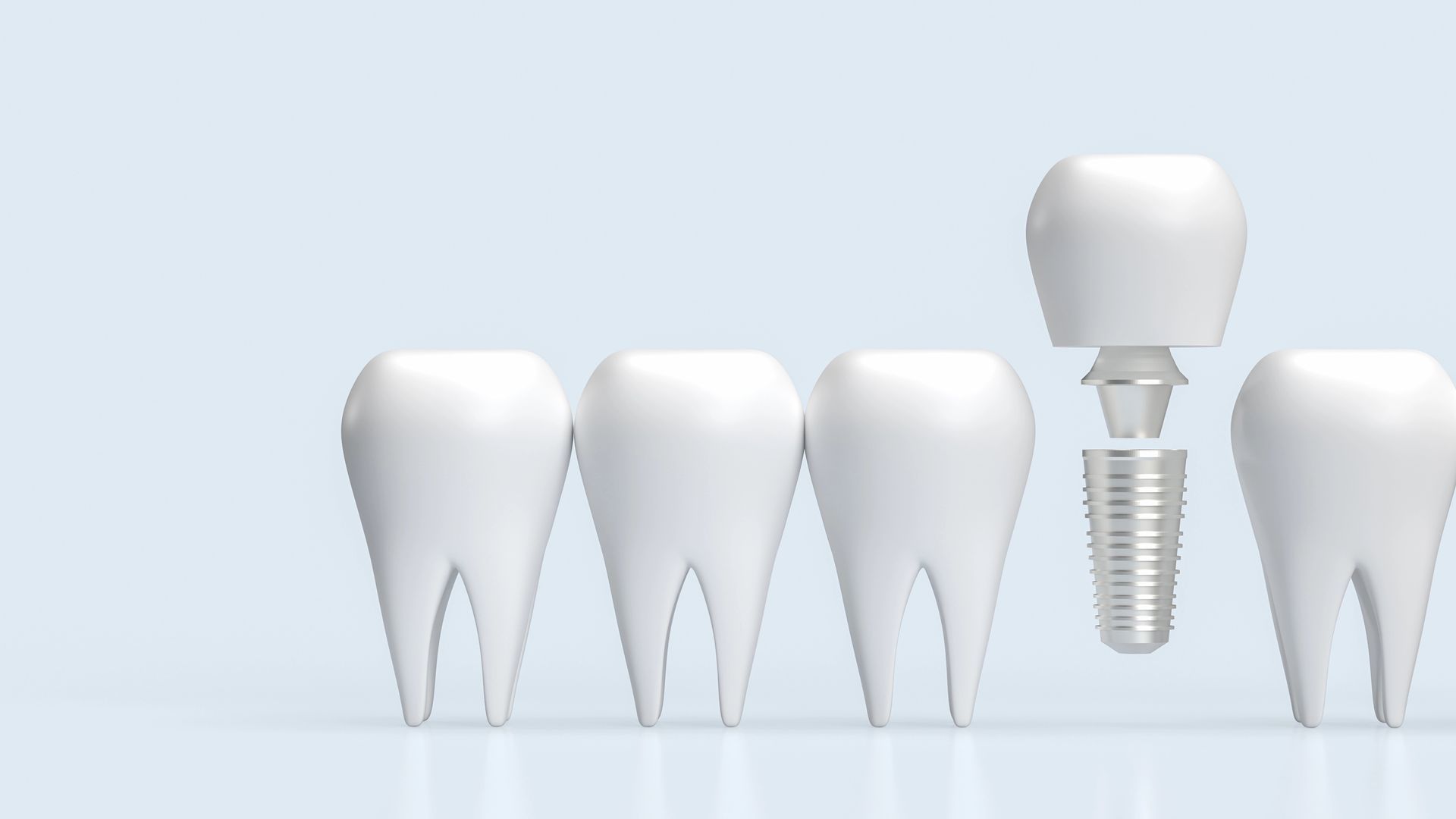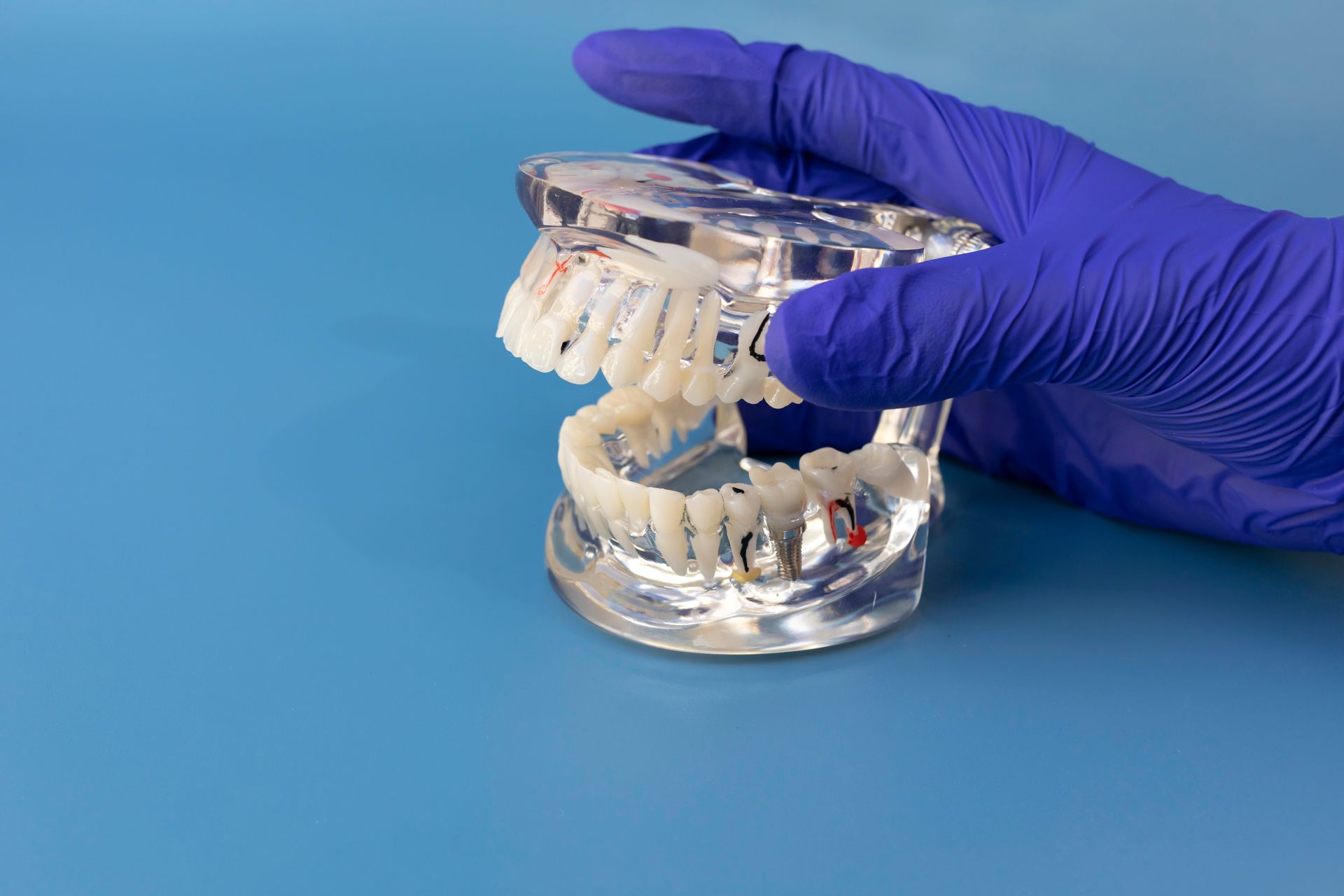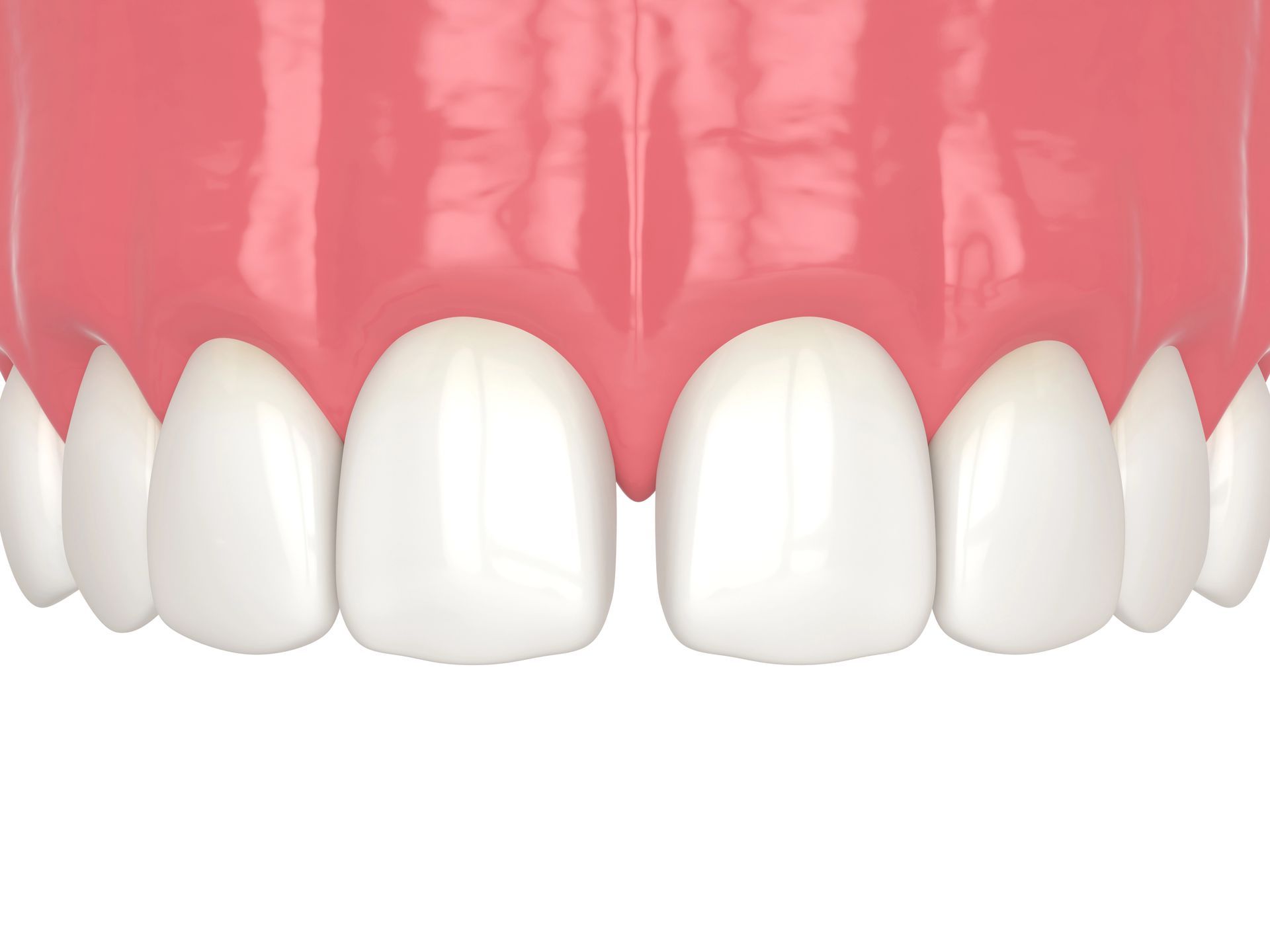Have you ever wondered what the science says about dental veneers? This post delves into the scientific insights surrounding dental veneers, exploring their composition, effectiveness, and how they interact with your natural teeth.
Evolution of Dental Veneer Materials
The journey of dental veneer materials through the years is a fascinating tale of scientific progress and innovation. Initially, dental veneers were crafted from relatively rudimentary materials that, while effective for their time, offered limited durability and aesthetic appeal. As dental science advanced, so did the materials used for veneers. Researchers and dental professionals tirelessly worked to find materials that not only mimic the natural appearance of teeth but also provide the strength and longevity required for everyday use. This quest for improvement has led to the development of porcelain and composite resin veneers, materials that today are celebrated for their ability to blend seamlessly with natural teeth and withstand the rigors of daily life. Understanding the evolution of these materials is crucial for anyone considering enhancing their smile with veneers. For those looking to dive deeper into this topic, a Basic Guide to Dental Veneers can offer valuable insights. This guide sheds light on how dental veneers have transformed from their inception to the modern solutions available today. It highlights the scientific advancements that have made dental veneers more accessible and appealing to a broader audience, ensuring that individuals can make informed decisions about their dental health and aesthetic desires.
Comparing Porcelain and Composite Veneers
When considering dental veneers, two primary materials come to the forefront: porcelain and composite. Porcelain veneers are known for their durability and ability to mimic the natural translucency of tooth enamel, making them a popular choice for those looking to enhance their smile. On the other hand, composite veneers are crafted from a resin material that can be applied and sculpted directly onto the tooth. This option offers a quicker, often more cost-effective solution, but may not boast the same longevity or resistance to staining as their porcelain counterparts. The decision between porcelain and composite veneers involves various factors, including the desired aesthetic outcome, budget considerations, and the long-term durability expected from the treatment. Each material has its unique advantages, making it essential to consult with a dental professional to determine the most suitable option for an individual's specific needs. For those interested in exploring affordable dental veneers options in their area, visiting Affordable Dental Veneers in Columbia could provide valuable insights and guidance.
The Process of Applying Dental Veneers
The process of applying dental veneers involves several steps, typically starting with a consultation to assess the suitability of veneers for the individual's dental needs. Following this, a small amount of enamel is usually removed from the front surface of the teeth to make space for the veneers, ensuring a natural fit and appearance. Impressions of the teeth are then taken, which are used to custom-make the veneers in a dental laboratory. Once ready, the veneers are carefully bonded to the teeth using a special adhesive, which is then hardened using a light source. This process not only enhances the aesthetic appeal of the teeth but also aims to preserve their natural structure as much as possible.
Longevity and Durability of Veneers
When considering dental veneers, two of the most critical factors to understand are their longevity and durability. Generally, veneers are known for their robustness and ability to withstand the daily demands placed on them by normal eating and drinking habits. The lifespan of dental veneers largely depends on the material they are made from, with porcelain veneers typically lasting longer than their composite counterparts. On average, with proper care, dental veneers can last anywhere from 10 to 15 years, making them a long-term solution for enhancing the appearance of your smile. However, it's important to note that like natural teeth, veneers are subject to wear and tear over time and their longevity can be influenced by factors such as oral hygiene practices and personal habits. For those in the Columbia area seeking more information on enhancing their smile, Design Dentistry Columbia offers insights and options. Learn more at Columbia Cosmetic Dentist.
Dental Veneers and Oral Health Impact
Dental veneers, thin shells designed to cover the front surface of teeth, have become a popular choice for those looking to improve the appearance of their smile. Beyond their cosmetic appeal, it's essential to consider how they interact with overall oral health. When applied by a professional, veneers can coexist with the natural structure of the mouth without causing harm to the gums or surrounding teeth. They are crafted to fit the individual's teeth, ensuring that bite alignment is maintained, which is crucial for oral health. However, the process of getting veneers involves careful preparation of the natural teeth, which underscores the importance of understanding their long-term impact on oral health.
Conclusion
For further insights and experiences, feel free to read reviews on Google Maps. To discuss more, call us at 803-667-3919.


